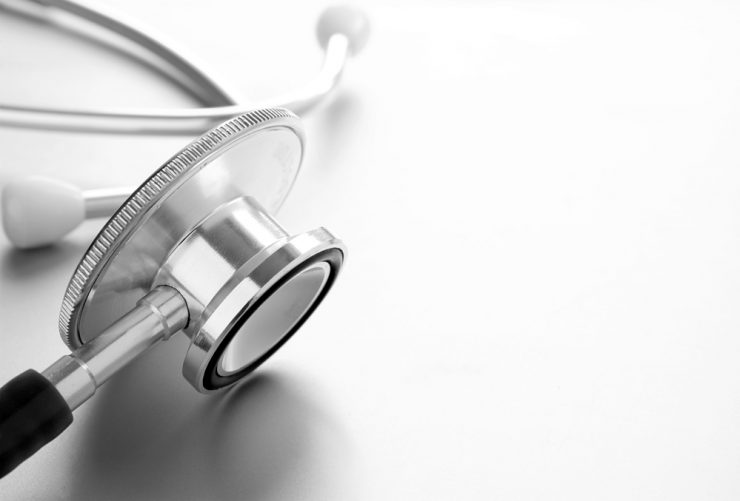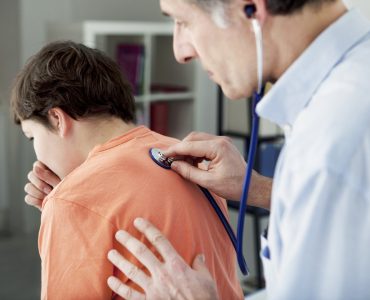Charcot-marie-tooth disease is an inherited condition causing damage to periphery nerves that are present just outside the central nervous system.
CMT is also called hereditary motor and sensory neuropathy.
People with CMT feel the following:
Sensory symptoms like pain and numbness
Motor symptoms like weakness of the muscles, awkward walking pattern as well as curling of the toes.
The symptoms associated with CMT will be visible from the adolescent stage or at the initial stages of adulthood. The symptoms begin to be visible very slowly and worsen causing the deterioration of the motor and sensory nerves.
The damage of motor and sensory nerves can cause deformities of the limbs like high arches of the feet, scoliosis which means the presence of a twisted spine, as well as flat foot. This condition can retard the level of skills in people leading to difficulty in performing the day to day tasks like typing something or even picking up an object.
Symptoms
The severity varies among different people depending on the conditions of inheritance. Some people may need braces for walking where as in extreme cases, people may need wheelchair for mobility.
Some of the symptoms of Charcot-Marie-tooth disease at the initial stages are:
- appearing unusually clumsy
- appearing to be prone to accidents unusually for their age
- difficulty in walking
- difficulty to lift the feet from ground
- the dropping forward of toes while lifting up of feet.
Some of the popular symptoms associated with Charcot-Marie-Tooth disease are as given below:
- Weakness of the muscles of legs, ankles and lower part of the feet.
- Highly arched feet giving rise to unstable ankles
- ‘hammertoes’ or curling up of toes.
- awkward walking style
- loss of sensation in the limbs
- difficulty in lifting up the feet.
In the progressive stages, the strain while walking will be very high. This can cause inefficiency in manual skills as well as strength of the limbs.
Causes
There are different kinds of CMTs.
CMT 1 occurs as a result of the genes that produce myelin sheath becoming defective.
CMT 2 occurs because of the presence of defective axons.
CMT 3, otherwise known as Dejerine-Sottas disease, is a condition affecting myelin sheath. The symptoms are sensory problems as well as extreme weakness of the muscles.
The myelin sheath is the target point of CMT 4. The genes that cause this type of CMT are not yet discovered.
CMT X occurs as a result of the mutation of the X chromosomes of the genes.
Treatment
The various techniques that can be employed for treating Charcot-Marie-Tooth Syndrome are:
Physiotherapy which will help for relief from the symptoms associated with CMT. It also helps to slow down the progress of this disease. It usually uses low impact exercises like swimming and stretching.
Occupational therapy helps to solve problems associated with the mobility of muscles.
Orthoses are instruments that help to enhance the functionality and strength of the limbs.
The neuropathic pain as well as joint and muscular pain can be treated using non-steroidal anti-inflammatory drugs. In extreme cases tricyclic antidepressants may be used.
The deformities of the feet can be corrected using
- osteotomy
- plantar fascia release and
- arthodesis













